Herb de Provence Seasoning: 7 Must-Know Tips & Surprising Secrets!
Welcome to a fragrant journey through the lavender-scented hills of Provence! Whether you’re a culinary pro or a weekend griller, this article will spice up your kitchen with practical advice and fun facts about herb de provence seasoning. Let’s get into it—no fancy French required!
Table of Contents
- What is Herb de Provence?
- Traditional vs. Modern Blends
- Why It Loves Mediterranean Dishes
- How to Use It in Cooking
- Can You Make Your Own?
- Common Substitutes (When You’re Out!)
- Fun Facts About This Aromatic Mix
- Conclusion
What is Herb de Provence?
You’ve probably seen it labeled as “herbes de Provence” on spice racks and wondered what the fuss is all about. In short, it’s a traditional blend of dried herbs native to the sunny south of France—specifically Provence.
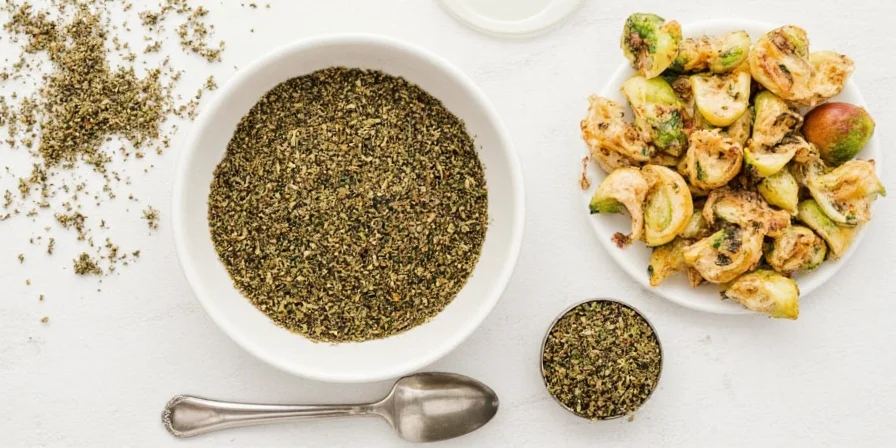
This magical mix typically includes:
- Thyme
- Rosemary
- Marjoram
- Oregano
- Basil
- Sometimes lavender (yes, the flower!)
The blend varies from region to region and even family to family, which makes it more of an art than a science. That said, there are some general guidelines we can follow—and tweak!
Traditional vs. Modern Blends
Not all herb de Provence mixes are created equal. Here’s a quick comparison between the old-school versions and modern twists:
| Aspect | Traditional Blend | Modern Interpretation |
|---|---|---|
| Lavender Content | Often included | Often omitted for broader appeal |
| Key Herbs | Thyme, marjoram, rosemary | More basil and oregano, less floral notes |
| Purpose | Cooking meats and rustic dishes | Versatile use across cuisines |
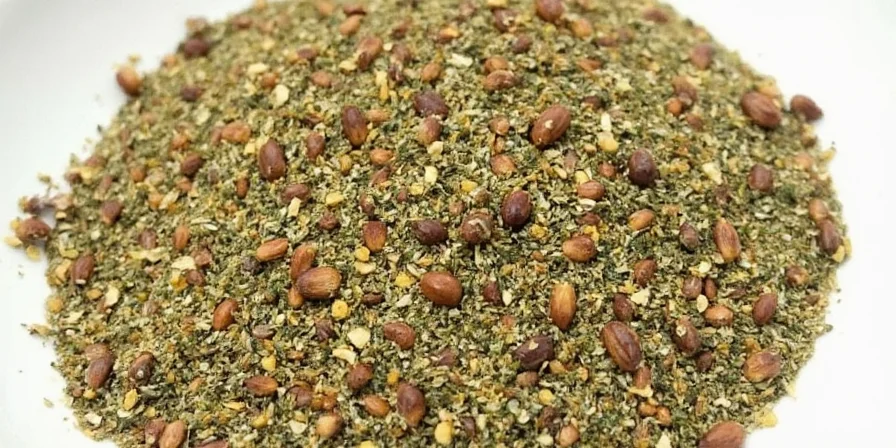
Why It Loves Mediterranean Dishes
If you love Mediterranean cuisine—roasted vegetables, grilled fish, rustic bread—it’s time to become best friends with herb de provence seasoning.
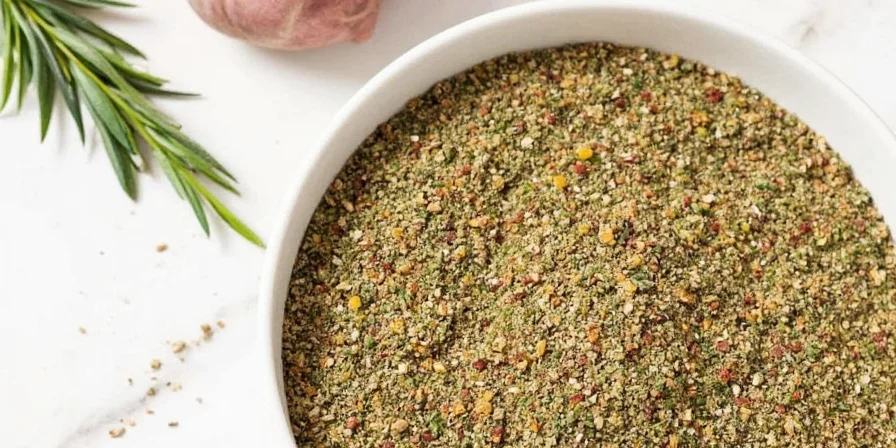
Here's why it pairs so well:
- Fresh yet earthy: The mix balances lightness and depth perfectly.
- Flavor enhancer: It works like umami glue that ties everything together.
- Low fat, big taste: Ideal for healthy cooking without sacrificing flavor.
How to Use It in Cooking
Don’t just sprinkle it and hope for the best! Here are our top five tips for using herb de provence seasoning like a pro:
- Rub it into meat: Especially lamb, chicken, or pork before roasting.
- Add to olive oil dips: Mix with extra virgin olive oil for a quick dip or drizzle.
- Stir into tomato sauces: Gives pasta or pizza sauce a subtle herbal note.
- Season roasted veggies: Zucchini, eggplant, bell peppers—you name it!
- Infuse dressings and marinades: Stir into vinaigrettes or yogurt-based sauces.
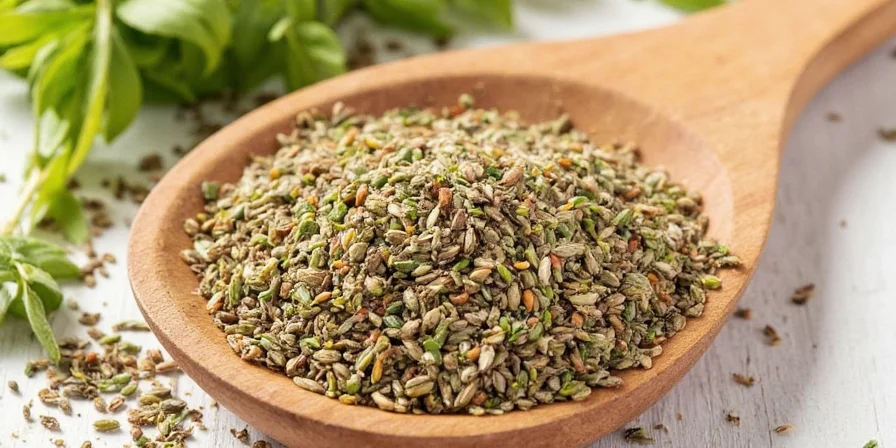
Can You Make Your Own?
Short answer: YES. Long answer: Absolutely! Making your own herb de provence seasoning allows you to customize the blend based on your pantry and preferences.
DIY Recipe:
- 2 tbsp dried thyme
- 1 tbsp dried rosemary
- 1 tbsp dried marjoram
- 1 tbsp dried basil
- ½ tbsp dried oregano
- Optional: ½ tsp dried lavender buds
Mix all ingredients thoroughly and store in an airtight container away from heat and light. Use within 6 months for best flavor.
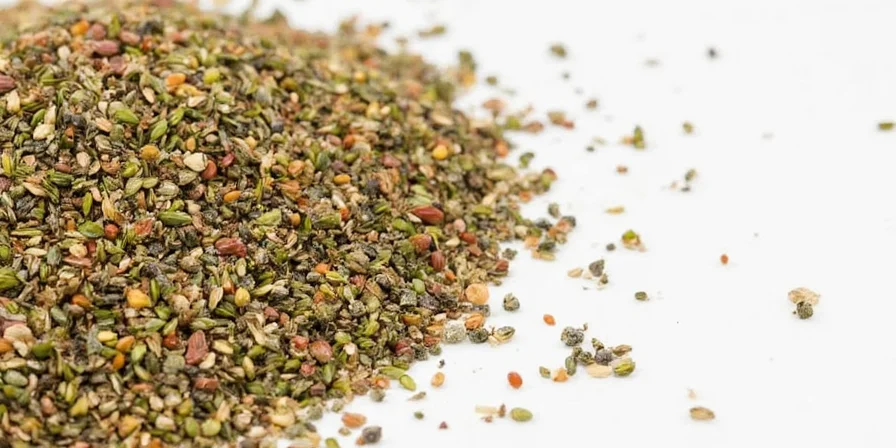
Common Substitutes (When You’re Out!)
Running low? No need to panic. While nothing quite replicates the charm of herb de Provence, here are some handy stand-ins:
- Italian seasoning: Close cousin with similar herb makeup.
- Dried thyme + rosemary: Basic but effective combo.
- Oregano + marjoram: For a bolder profile.
- Herbes de Nice: Similar but lighter, often without lavender.
Fun Facts About This Aromatic Mix
- Lavender was originally used to deter pests—not just for flavor!
- The blend became popular in the U.S. during the 1980s foodie revolution.
- It’s one of the few spice blends where floral notes (like lavender) play a role.
- In Provence, families have their own secret recipes passed down through generations.
- Some chefs add fennel pollen for a sweet-anise twist.

Conclusion
So there you have it—a deep dive into the world of herb de provence seasoning, complete with history, how-tos, and even a few surprising facts. Whether you buy it or make your own, this versatile blend is a must-have for anyone who loves flavor-packed, easy meals with a French twist.
Next time you fire up the grill or roast a chicken, give it a whirl. And remember: a pinch of Provençal spirit never hurt anyone—unless you're allergic to lavender. Then maybe skip that part.











 浙公网安备
33010002000092号
浙公网安备
33010002000092号 浙B2-20120091-4
浙B2-20120091-4